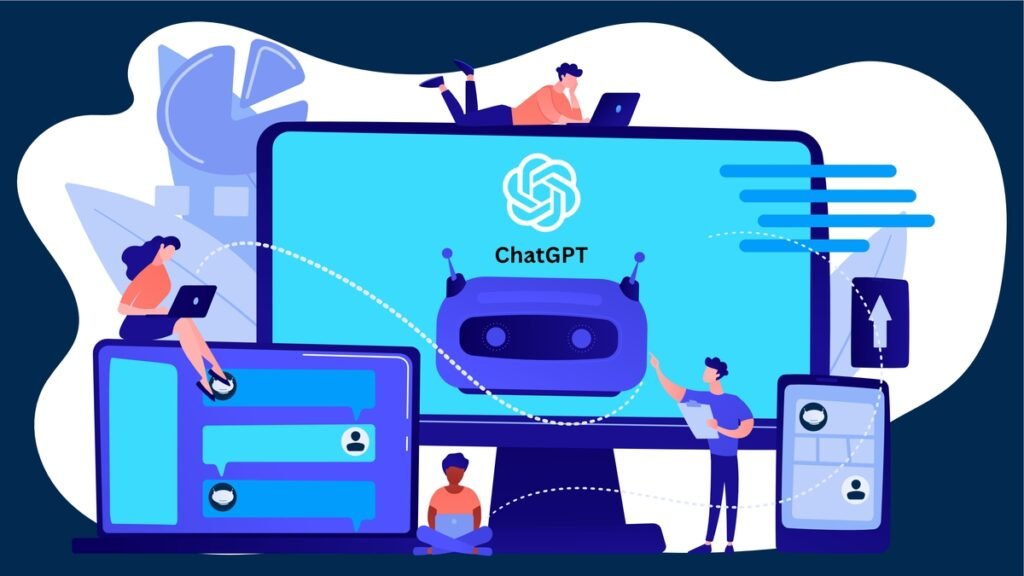In the rapidly evolving landscape of artificial intelligence (AI), language models have emerged as powerful tools that can comprehend and generate human-like text. Among these models, ChatGPT stands out as a remarkable achievement, capable of engaging in conversations that feel natural and meaningful. However, achieving this level of performance requires a continuous collaboration between technology and human oversight. This article delves into the essential role played by Crowdsourcing Data Evaluators in the creation, refinement, and continuous improvement of ChatGPT.
ChatGPT: A Conversationally Competent AI
ChatGPT is the result of a journey through complex neural networks and extensive pre-training on diverse internet text. Developed on the foundation of OpenAI’s GPT-3.5 architecture, it boasts an impressive 175 billion parameters. Unlike its predecessors, ChatGPT has been fine-tuned to handle conversations, making it a versatile AI capable of responding to a wide array of inputs, from questions and requests to prompts and interactions.
The Human Touch: Crowdsourcing Data Evaluators
Despite its advanced capabilities, ChatGPT isn’t immune to errors or limitations. This is where the role of Crowdsourcing Data Evaluators becomes paramount. These human annotators are at the forefront of refining the model’s performance and ensuring its outputs are both relevant and safe. OpenAI’s approach involves a meticulous two-step process: pre-training and fine-tuning, followed by continuous human evaluation.
The Evaluation Process
Crowdsourcing Data Evaluators are presented with a range of inputs and the corresponding outputs generated by ChatGPT. Their task is to assess the quality of these outputs based on a predefined set of guidelines. These guidelines cover aspects such as relevance, coherence, safety, in agreement with OpenAI’s usage policies.
For instance, let’s consider the example of a user asking ChatGPT for advice on dealing with stress. If the model responds with empathetic and practical suggestions, the evaluator rates it highly for relevance and coherence. On the other hand, if the response seems inappropriate or off-topic, the evaluator marks it down.

Bias Detection and Mitigation
Addressing biases within AI-generated content is a top priority for OpenAI. Language models, including ChatGPT, can inadvertently perpetuate biases present in their training data. Crowdsourcing Data Evaluators play a critical role in flagging potential biases and helping to mitigate them. OpenAI provides explicit guidelines to evaluators that emphasize neutrality and impartiality, ensuring that responses don’t favor any political group or exhibit controversial stances.
Imagine ChatGPT being asked about a sensitive topic like gender equality. If the model’s response showcases bias or takes a stance that isn’t impartial, evaluators are quick to identify such instances, enabling OpenAI to improve the model’s behavior in the future.

Fine-tuning Safety and Ethical Considerations
The safety and ethical integrity of AI-generated content are of paramount importance. While ChatGPT is designed to avoid generating harmful or offensive content, it might occasionally fall short. This is where crowdsourcing evaluators step in to identify potential lapses in safety and ethics.
Consider a scenario where a user asks ChatGPT for medical advice. If the model provides inaccurate or unsafe suggestions, evaluators catch these errors and flag them. This iterative feedback process guides the model to align better with desired safety standards, ensuring that its responses are reliable and trustworthy.
Balancing Creativity and Responsibility
OpenAI aims to strike a balance between encouraging creative responses and ensuring responsible behavior. Crowdsourcing Data Evaluators play a pivotal role in achieving this equilibrium. They rate outputs that are not only creative and imaginative but also aligned with OpenAI’s ethical guidelines.
This delicate balance is crucial in making sure ChatGPT remains an innovative tool that enhances productivity and creativity while adhering to the ethical boundaries set by society.
The Continuous Evolution Loop

The relationship between ChatGPT and Crowdsourcing Data Evaluators is dynamic and cyclical. As ChatGPT generates responses, these outputs are evaluated by human annotators. The feedback generated from these evaluations is then used to fine-tune the model. This iterative process of assessment, feedback, and refinement propels ChatGPT towards ever-improving performance.
Conclusion
ChatGPT’s ability to hold human-like conversations is a testament to the marvels of AI and the diligent efforts of Crowdsourcing Data Evaluators. Their role in shaping, refining, and continuously improving ChatGPT cannot be understated. Through their collective insights, biases are identified, safety is enhanced, and ethical considerations are prioritized.
As AI technology continues to advance, the collaboration between human evaluators and AI systems becomes even more critical. It exemplifies a responsible approach that harnesses the potential of AI for the betterment of society while safeguarding against potential pitfalls. The evolution of ChatGPT is a testament to the power of partnership between humans and machines, resulting in an AI that is not only smart but also considerate, creative, and safe.





